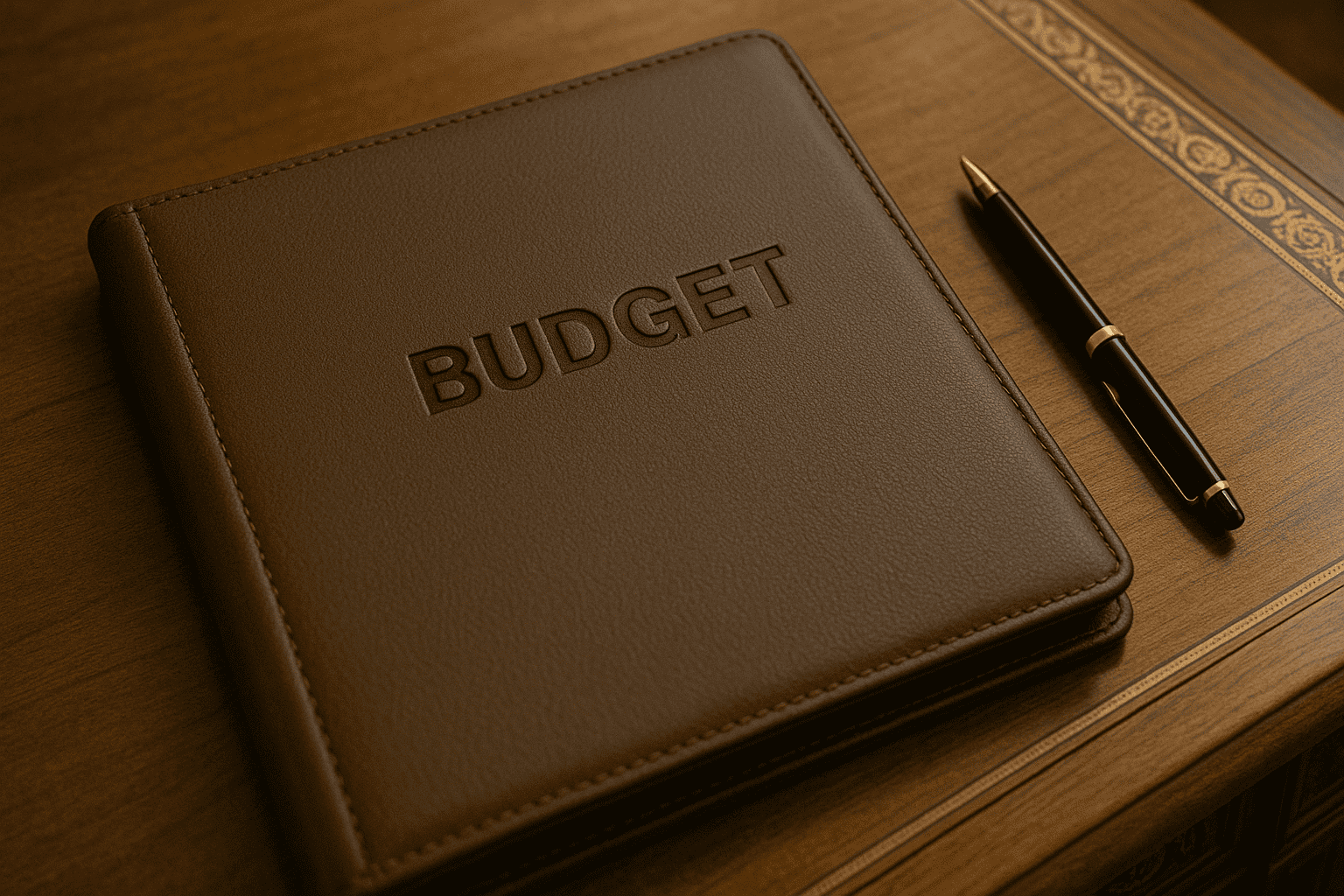Debt is a common financial challenge faced by millions of individuals, and its burden can feel overwhelming. Whether it’s student loans, credit card debt, or mortgages, managing and eliminating debt requires a clear strategy, discipline, and knowledge of personal finance tools such as budgeting. In this article, we will explore effective strategies for debt elimination, the importance of budgeting, and how combining both approaches can help individuals achieve long-term financial freedom.
The Importance of Debt Elimination
Debt, while sometimes necessary, can limit your financial flexibility and prevent you from achieving other goals like saving for retirement, buying a home, or investing for the future. The longer you carry debt, especially high-interest debt, the more it can hinder your financial growth. For example, credit card debt with interest rates upwards of 20% can snowball quickly if not managed properly.
Debt elimination is the process of strategically paying off what you owe in a way that minimizes the total amount of interest paid, helps you gain financial independence, and improves your creditworthiness. A successful debt elimination strategy requires commitment and a solid understanding of budgeting to allocate funds efficiently.
The Debt Snowball vs. Debt Avalanche Methods
When it comes to eliminating debt, there are two primary methods: the Debt Snowball Method and the Debt Avalanche Method. Both are effective, but they suit different personality types and financial situations.
1. Debt Snowball Method
The Debt Snowball Method focuses on paying off your smallest debt first, regardless of interest rate. This approach is particularly motivating because it allows individuals to quickly pay off a debt and feel a sense of accomplishment. Once the smallest debt is paid off, the freed-up money is used to tackle the next smallest debt, creating a “snowball” effect.
Example:
Funds available to use $600
| Debt Type | Amount | Interest Rate | Minimum Payment | Target Payment |
| Credit Card A | $500 | 15% | $50 | $175 |
| Credit Card B | $1,500 | 18% | $75 | $75 |
| Student Loan | $10,000 | 5% | $200 | $200 |
| Car Loan | $5,000 | 7% | $150 | $150 |
By focusing on the smallest balance first (Credit Card A in this example), you gain momentum and reduce the number of creditors you owe money to, which can be psychologically encouraging.
2. Debt Avalanche Method
The Debt Avalanche Method focuses on paying off debts with the highest interest rates first. This approach saves money on interest over time because you’re tackling the most expensive debts first. While it may take longer to see small victories, it’s a more financially efficient method in the long run.
Example:
Funds available to use $600
| Debt Type | Amount | Interest Rate | Minimum Payment | Target Payment |
| Credit Card A | $500 | 15% | $50 | $50 |
| Credit Card B | $1,500 | 18% | $75 | $200 |
| Student Loan | $10,000 | 5% | $200 | $200 |
| Car Loan | $5,000 | 7% | $150 | $150 |
Here, you focus on Credit Card B first, then Credit Card A, followed by the car loan and student loan. This method ensures that you’re paying down high-interest debt faster, which ultimately saves you money.
Which Method Is Right for You?
- Debt Snowball: Ideal for individuals who need quick wins to stay motivated and committed to the process.
- Debt Avalanche: Best for those who are financially disciplined and prefer saving money by paying off high-interest debt first.
Both methods are effective, but the key to success is consistency and sticking with the chosen strategy.
The Role of Budgeting in Debt Elimination
Budgeting is the backbone of any successful debt elimination plan. Without a clear budget, it’s easy to overspend and fail to allocate enough funds toward debt repayment. A budget helps you track your income, expenses, and savings, allowing you to make intentional decisions about how to prioritize your finances.
Steps for Effective Budgeting
- Track Your Income and Expenses
Before you can start creating a budget, you need to understand where your money is going. Track your income, both fixed (e.g., salary, rental income) and variable (e.g., freelance work, side gigs). Then, list all your expenses, including fixed costs (rent, utilities, etc.) and discretionary spending (entertainment, dining out, etc.). - Set Financial Goals
Determine your short- and long-term financial goals. Short-term goals might include paying off a credit card balance, while long-term goals could involve saving for retirement. Align your budget with these goals to ensure you’re allocating your resources effectively. - Use the 50/30/20 Rule
One popular budgeting method is the 50/30/20 rule, which divides your income into three categories:- 50% Needs: This includes essential expenses like rent, utilities, food, transportation, and insurance.
- 30% Wants: These are non-essential expenses, such as entertainment, dining out, and hobbies.
- 20% Savings and Debt Repayment: This portion should go toward saving for emergencies, retirement, and most importantly, paying down debt.
- Automate Payments
Automating your debt payments ensures that you never miss a payment. It also helps you stick to your repayment plan by ensuring that money is automatically allocated toward debt each month. - Cut Back on Non-Essential Spending
To accelerate debt repayment, consider cutting back on unnecessary expenses. For instance, reducing dining out or canceling unused subscriptions can free up additional funds for debt elimination.
Sample Budget Breakdown
Let’s look at a sample monthly budget for an individual with a monthly income of $3,500.
| Category | Amount | Percentage |
| Income | $3,500 | 100% |
| Expenses | ||
| Needs Total | $1,750 | 50% |
| ……..Rent/Mortgage | ……..$900 | ……..26% |
| ……..Utilities & Insurance | ……..$250 | ……..7% |
| ……..Groceries & Transportation | ……..$600 | ……..17% |
| Wants Total | $1,050 | 30% |
| ……..Dining & Entertainment | ……..$500 | ……..14% |
| ……..Hobbies & Shopping | ……..$350 | ……..10% |
| ……..Subscriptions & Memberships | ……..$200 | ……..6% |
| Savings & Debt Repayment | $700 | 20% |
| ……..Debt Repayment | ……..$500 | ……..14% |
| ……..Emergency Fund/Savings | ……..$200 | ……..6% |
In this example, the individual allocates 20% of their income towards debt repayment and savings. Of that, $500 goes to paying off debt, while $200 is saved for emergencies or retirement.
Tools to Help with Debt Elimination and Budgeting
There are several tools available to help you manage your debt and budget effectively:
- Debt Repayment Calculators
Online calculators can help you determine how long it will take to pay off your debt and how much interest you’ll pay. These tools are especially useful for comparing the Debt Snowball vs. Debt Avalanche methods. - Budgeting Apps
Apps like Mint, YNAB (You Need a Budget), and EveryDollar can track your spending, categorize your expenses, and ensure you stay within your budget. They also allow you to set up debt repayment goals and track your progress. - Debt Management Services
If you’re struggling with managing multiple debts, consider reaching out to a credit counseling service. These organizations can help you create a personalized plan, negotiate with creditors, and consolidate your debt into one manageable monthly payment.
The Psychological Benefits of Debt Elimination and Budgeting
While financial strategies and tools are essential, the psychological aspects of debt elimination and budgeting shouldn’t be overlooked. The stress and anxiety of carrying debt can take a toll on your mental health, but creating a clear plan and seeing progress can be incredibly rewarding.
- Sense of Control: Having a budget gives you control over your finances, making it easier to stick to your debt repayment plan.
- Reduced Stress: Paying off debt and seeing the balance decrease can reduce financial anxiety.
- Improved Mental Health: Achieving financial milestones, whether it’s paying off a small debt or reducing your overall balance, can boost self-esteem and mental well-being.
Conclusion: The Path to Financial Freedom
Debt elimination and budgeting are fundamental to achieving financial independence. By choosing the right debt repayment strategy, creating a realistic budget, and sticking to it, you can eliminate debt faster, save money on interest, and build a more secure financial future.
While the journey may be long, the rewards of financial freedom — reduced stress, increased savings, and a brighter financial future — are well worth the effort. By using the tools available and maintaining discipline, anyone can take control of their financial destiny
Please note: All charts and numbers are for illustration purposes only. Accuracy is neither warrantied nor implied. We are not attorneys or tax advisors. This information is educational only. Not to be considered as advice or recommendations. It is imperative that you consult with a tax advisor and/or attorney when considering any of these concepts. In addition, it is critical that the attorney, tax advisor, and financial advisor are knowledgeable and practiced in these areas.
If you would like help finding such an advisor, we will be glad to introduce you to an experienced planner with your best interest in mind. Please give us a call at 1-800-522-4324













